If any city in western China has its own characteristics, Chengdu must be one of them. It is a representative city in western China and even the whole of China that integrates modern culture and traditional culture just right.
Nestled in the fertile Chengdu Plain and framed by the snow-capped peaks of the Qionglai Mountains, Chengdu—the capital of Sichuan Province—is a city where ancient heritage and modern vibrancy coexist. Founded over 2,300 years ago during the Qin Dynasty, Chengdu is one of China’s few cities to retain its name and location throughout history.
Known as the “Land of Abundance” (天府之国), its mild climate, rich agriculture, and strategic position along the Yangtze River have shaped it into a cultural and economic hub of Southwest China. Today, Chengdu seamlessly blends its 3,000-year legacy with cutting-edge innovation, hosting UNESCO-listed sites alongside thriving tech parks and a lively arts scene.
Must-Visit Attractions: From Pandas to Ancient Wonders
1.Chengdu Research Base of Giant Panda Breeding(大熊猫基地):
Meet China’s most iconic animal at this sanctuary, where you can observe pandas munching bamboo or tumbling playfully. The base also supports conservation efforts for red pandas.
3.Chunxi Road&Taikoo Li(春熙路)
As the city center of Chengdu, Chunxi Road is one of the must-visit scenic spots when traveling to Chengdu. Here, you can not only experience the modernization of Chengdu, but also see Taikoo Li, a district that blends modernity and history very harmoniously.

On Chunxi Road, you can not only purchase world-famous luxury goods and experience a variety of Sichuan delicacies, but also see this giant panda with its bottom sticking out at IFS.
2.Jinli (锦里)Ancient Street:
Wander through this Han Dynasty-era lane, lined with red lanterns and traditional teahouses. By night, its stalls serve Sichuan snacks beneath glowing paper lamps.
3.Wuhou Shrine & Kuanzhai Alley:
Immerse in Three Kingdoms history at Wuhou Shrine, then stroll Kuanzhai Alley’s Qing Dynasty courtyards, now housing boutiques and Sichuan opera theaters.
4.Dujiangyan Irrigation System:
A UNESCO World Heritage Site since 2000, this 2,200-year-old engineering marvel still irrigates Chengdu’s farmlands.
5.Qingcheng Mountain:
A Taoist pilgrimage site, this “Most Serene Mountain” offers mist-shrouded temples and hiking trails.
A Culinary Paradise: Sichuan’s Spicy Symphony
Chengdu’s cuisine is a fiery ode to Sichuan peppercorns and chili oil. Don’t miss:
1.Hotpot:
Dive into communal pots of bubbling broth, dipping thinly sliced meats and tofu. Local favorites include Xiaolongkan and Shu Jiuxiang.
2.Street Food:
Savor dan dan noodles (担担面) tossed in sesame paste, crispy zhangcha duck (樟茶鸭), and chuan chuan xiang (串串香), skewers cooked in spicy broth.
3.Classic Dishes:
Mapo tofu (麻婆豆腐) and kung pao chicken (宫保鸡丁) showcase Sichuan’s bold flavors. For dessert, try sweet ice jelly (冰粉) or egg pancakes (蛋烘糕).
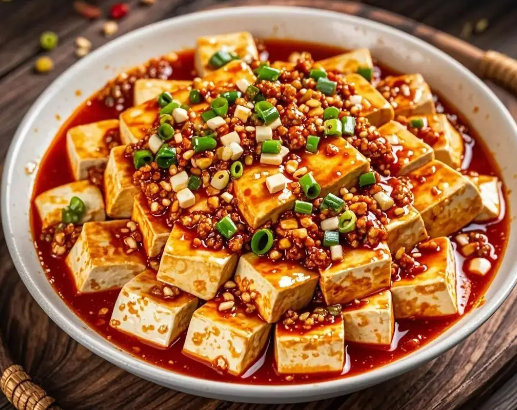
Pro tip: Visit the bustling Chunxi Road or the historic Yulin District for an authentic food crawl.
Cultural Tapestry: Tea, Opera, and Slow Living
1.Teahouse Culture:
Chengdu has over 10,000 teahouses. Join locals at People’s Park’s century-old Heming Teahouse, sipping jasmine tea while watching calligraphers or mahjong players.
2.Sichuan Opera:
Witness the hypnotic face-changing (bian lian) performance, where masks flicker in a blink, or the daring fire-spitting act at Shufeng Yayun Theater.
3.Poetic Legacy:
Chengdu inspired literary giants like Du Fu, whose thatched cottage (Du Fu Thatched Cottage) now stands as a tranquil museum.
4.Religious Heritage:
Explore Taoist rituals at Qingyang Temple (青羊宫) or Buddhist art at Wenshu Monastery.
Why Chengdu Captivates
Chengdu’s charm lies in its balance of yūxián (悠闲, leisure) and dynamism. By day, locals practice tai chi in parks or debate philosophy over tea; by night, the city pulses with neon-lit bars and live music venues.
Its UNESCO Creative City designation (2010) and thriving digital industries—epitomized by the Tianfu Software Park—prove tradition and innovation thrive here.


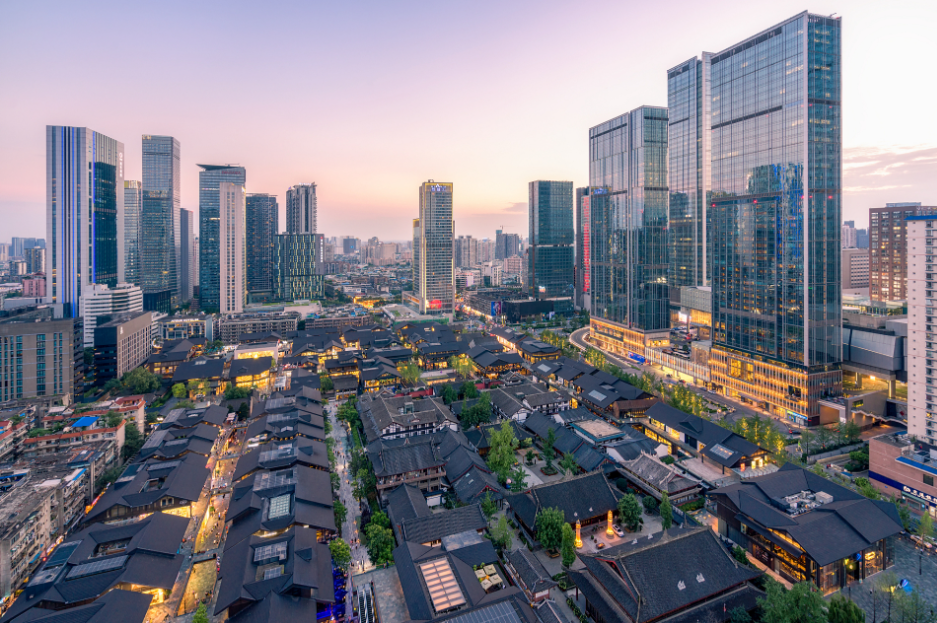
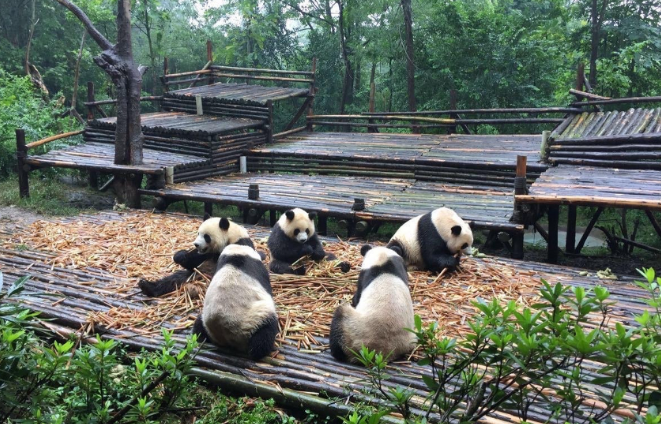
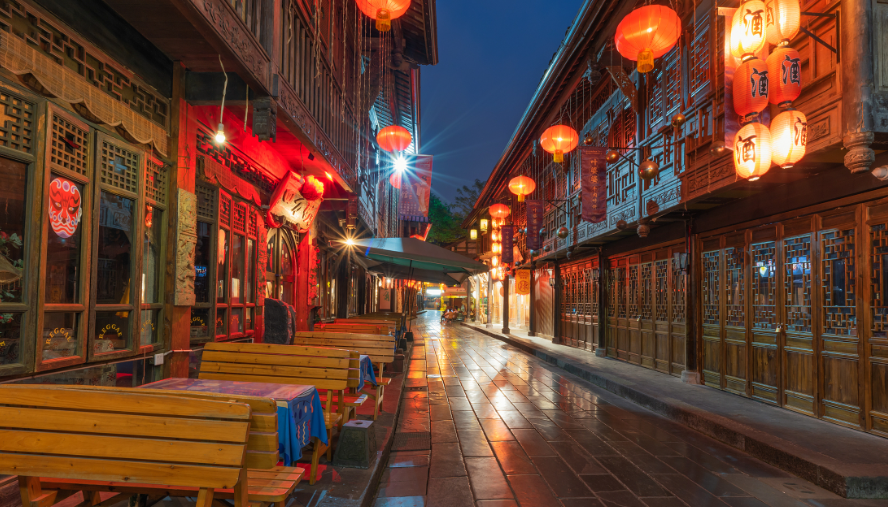
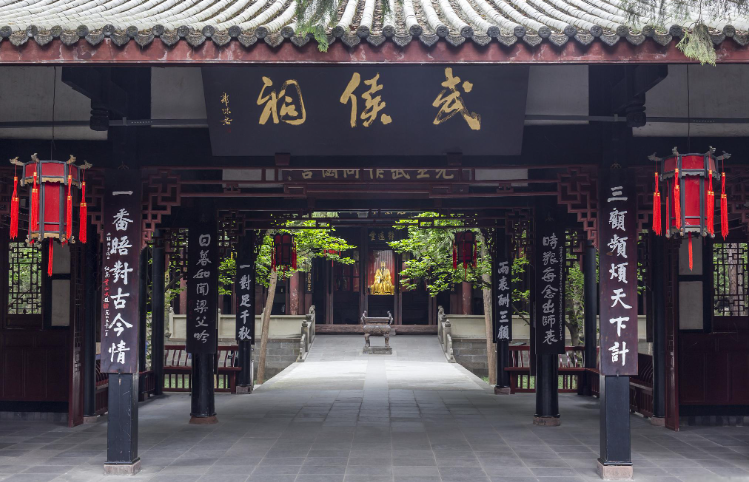
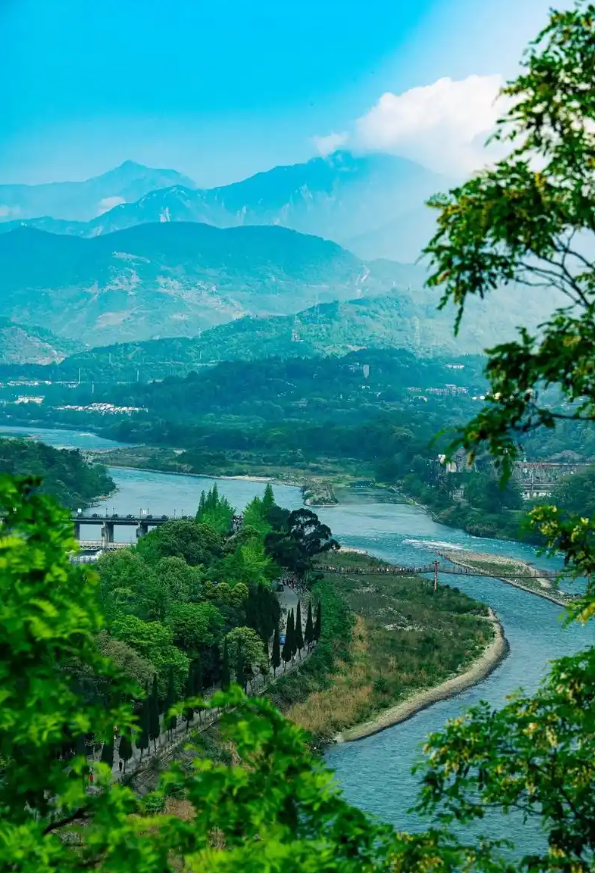
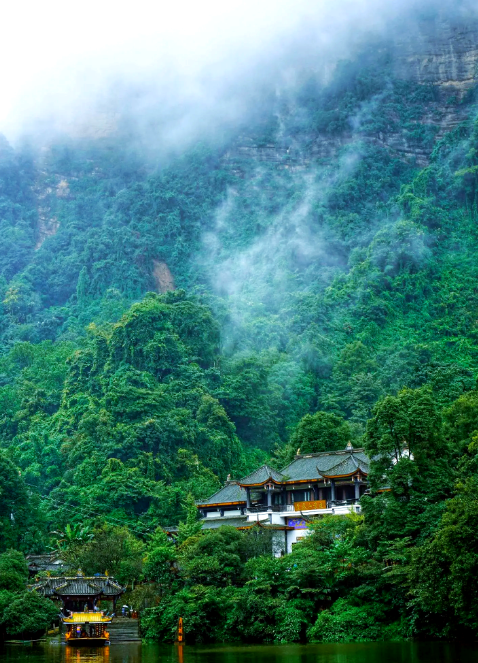
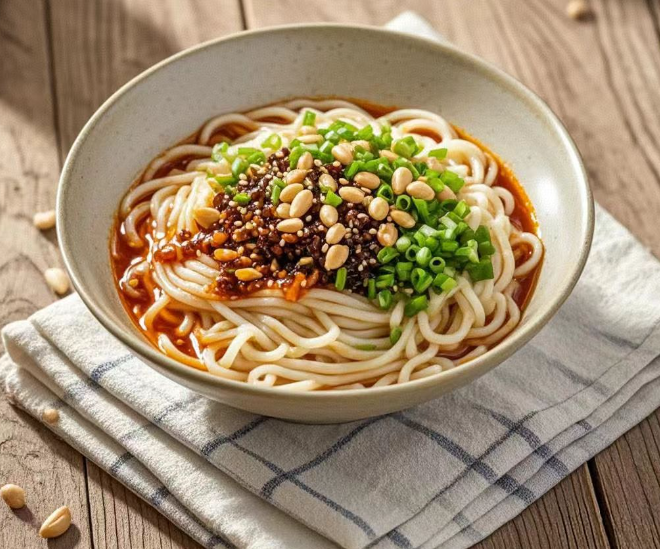
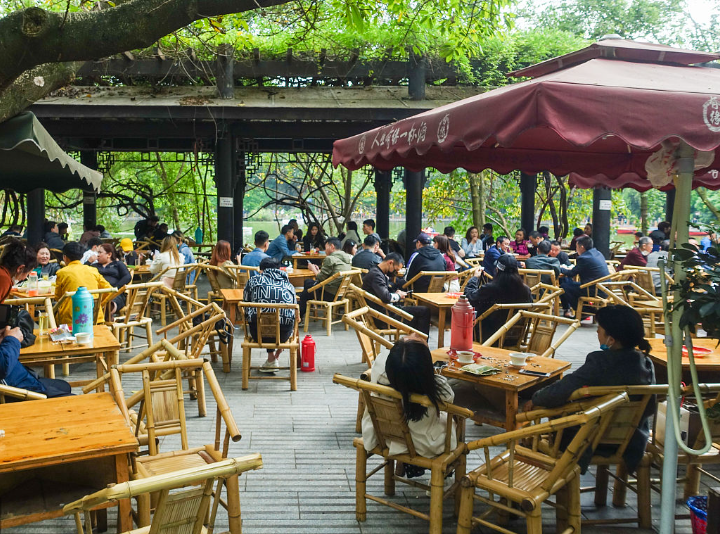








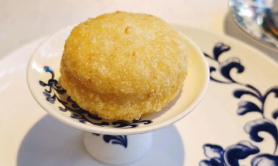






No comments yet